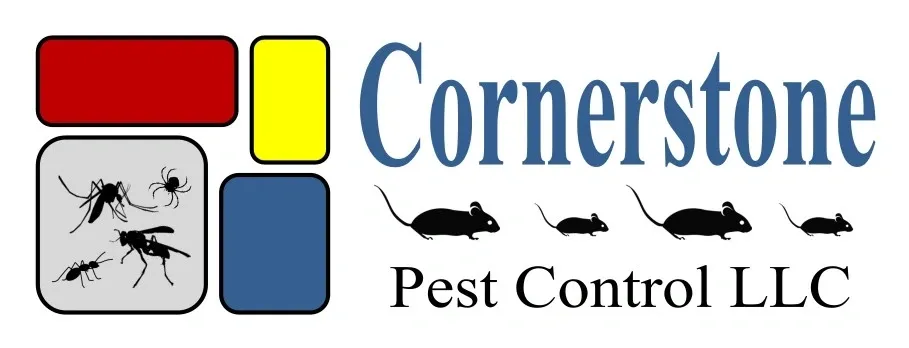Wood-destroying insects can threaten the structural integrity of homes, often without being noticed until significant damage has occurred. Understanding the hidden dangers of these insects is crucial for homeowners to protect their properties. Here, we will explore the various types of wood-destroying insects, their potential impact, and everything every homeowner should know to safeguard their homes.
Understanding the Different Types of Wood-Destroying Insects
- Termites: Termites have brown, black, and beige bodies with defined waists and straight antennae. They may or may not have wings, and they are known for their ability to consume and digest wood as their primary source of nutrition.
- Carpenter Ants: Carpenter ants are another type of wood-destroying insect. They are social insects in North America and are particularly common in the southern states. While they do not consume wood for food, they can cause significant damage by excavating wood to build their nests.
- Wood-Boring Beetles: Wood-boring are known for boring and drilling holes in wood, causing damage that can add to substantial property damage. These beetles come in various species, such as powder post beetles, and can target hardwood and softwood, causing damage to floors, planks, paneling, furniture, door frames, and moldings.
- Woodwasps: Woodwasps, also known as horntails, are another type of wood-destroying insect. They infest dead branches of common native trees, shade and orchard trees, utility poles, posts, and piles of lumber.
Early Signs of Wood-Destroying Insect Infestation
Several critical indicators should be identified when identifying the early signs of wood-destroying insect infestation. These signs can help in early detection and prompt action to address the issue effectively.
- Presence of Droppings: These can vary depending on the type of pest. For instance, rodents leave behind small, pellet-shaped droppings, while insects like cockroaches leave smaller, coffee-ground-like debris. Regularly inspecting areas like kitchen cabinets, basements, and attic spaces can help spot these signs early.
- Gnaw Marks and Damage: Look out for gnaw marks on furniture, wiring, and food packaging. Holes and tears in fabric or paper are also common signs. In warehouses and storage areas, damaged goods can indicate an infestation that needs immediate attention.
- Nests and Nesting Materials: Evidence of nests, such as shredded paper, fabric, or insulation, can indicate a potential infestation. Searching your home’s tiny, hidden nooks and crannies with a flashlight is essential to identify these signs.
- Unusual Smells: Unusual odors from wood-destroying insects’ waste products and pheromones can signify infestation. If you notice a distinctive smell that persists, it might be time to investigate further.
- Changes in Behavior: If pets suddenly start scratching excessively, it could signify fleas or ticks. Additionally, unexplained bites or skin irritations on family members may indicate the presence of bed bugs or other biting insects.
Structural Impact of Wood-Destroying Insects
Wood-destroying insects can significantly impact the structural integrity of wood, leading to severe damage over time. Here are some key points to consider:
- Types of Damage: Wood-destroying insects compromise the structural integrity of the wood, especially when the damage is not addressed for years and populations are high.
- Insect Adaptation to Wood: Despite structural timber’s adverse nature as an insect habitat, many species in several orders have successfully adapted to it. Fungi also supply essential nutrients or even the entire food supply of certain wood-destroying insects.
Effective Strategies for Prevention and Control
- Moisture Control: Correct any moisture issues in the home, fix leaking pipes and appliances, replace rotting or water-damaged wood, and seal cracks, gaps, and openings that would allow insects to enter.
- Use of Borate-Treated Wood: Borate-treated wood products resist termites, carpenter ants, and powderpost beetles. This type of wood will likely catch on as a preventive measure in areas prone to wood-destroying insects.
- Whole-Structure Heat Treatment and Fumigation: Whole-structure heat treatment and fumigation techniques are more common in regions where wood-boring insect pressures are the greatest, such as the South and the West Coast. These techniques can be effective for controlling wood-destroying insects.
- Chemical-Free Integrated Approaches: The chemical barrier pest control strategies are rapidly being replaced with more integrated and safer approaches. Barrier insecticides have no place in green buildings, and safer, more environmentally responsible control strategies are being emphasized.
- Professional Treatment and Monitoring: Professional treatment by a certified pesticide applicator is almost always needed to control wood-destroying insects, mainly when larvae are deep inside wood, making it difficult to treat with standard insecticides. Regular monitoring and preventive measures can reduce the risk of infestations and limit the effects of wood-destroying insects.
The structural impact of wood-destroying insects can be significant, leading to costly damage and structural instability. However, property owners can safeguard their structures from these destructive pests by implementing effective prevention and control strategies. For comprehensive protection against wood-destroying insects, it’s crucial to have the services of a professional pest control company.
At Cornerstone Pest Control, we tailor solutions utilizing top-notch techniques and environmentally responsible approaches to safeguard properties from wood-destroying insects. With our knowledge and commitment to excellence, we ensure peace of mind for property owners, protecting their investments from the threat of wood-destroying insects. Contact Cornerstone Pest Control today for a free consultation and customized pest management plan.
